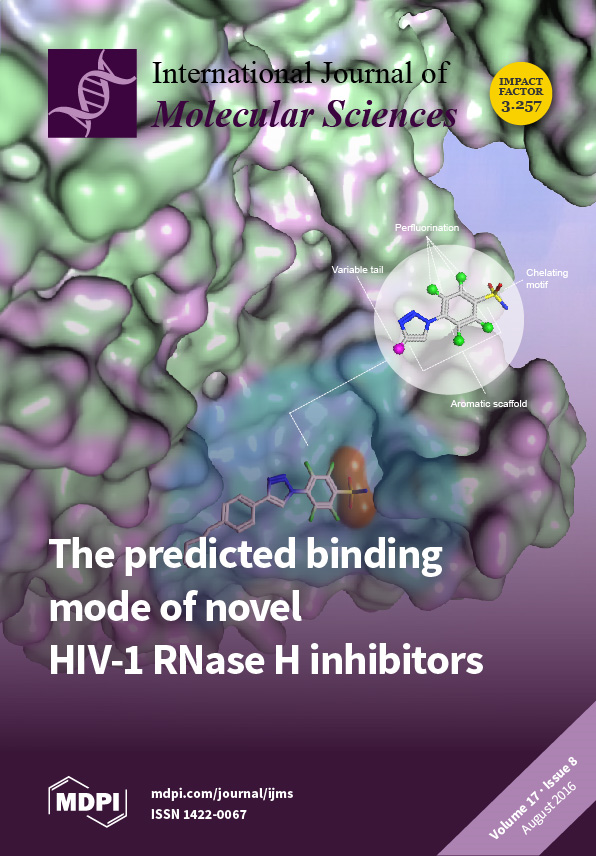Epigenetic mechanisms have an important role in the pre- and peri-conceptional programming by maternal nutrition. Yet, whether or not RNA m
6A methylation—an old epigenetic marker receiving increased attention recently—is involved remains an unknown question. In this study, mouse high-fat feeding prior
[...] Read more.
Epigenetic mechanisms have an important role in the pre- and peri-conceptional programming by maternal nutrition. Yet, whether or not RNA m
6A methylation—an old epigenetic marker receiving increased attention recently—is involved remains an unknown question. In this study, mouse high-fat feeding prior to conception was shown to induce overweight and glucose intolerant dams, which then continued to be exposed to a high-fat diet during gestation and lactation. The dams on a standard diet throughout the whole experiment were used as a control. Results showed that maternal high-fat intake impaired postnatal growth in male offspring, indicated by decreased body weight and Lee’s index at 3, 8 and 15 weeks old, but the percentages of visceral fat and
tibialis anterior relative to the whole body weights were significantly increased at eight weeks of age. The maternal high-fat exposure significantly increased mRNA
N6-methyladenosine (m
6A) levels in visceral fat at three weeks old, combined with downregulated Fat mass and obesity-associated gene (FTO) and upregulated Methyltransferase like 3 (METTL3) transcription, and these changes were reversed at eight weeks of age. In the
tibialis anterior muscle, the maternal high-fat diet significantly enhanced m
6A modifications at three weeks, and lowered m
6A levels at 15 weeks of age. Accordingly, FTO transcription was significantly inhibited at three weeks and stimulated at 15 weeks of age, and METTL3 transcripts were significantly improved at three weeks. Interestingly, both FTO and METTL3 transcription was significantly elevated at eight weeks of age, and yet the m
6A modifications remained unchanged. Our study showed that maternal high-fat intake could affect mRNA m
6A modifications and its related genes in offspring in a tissue-specific and development-dependent way, and provided an interesting indication of the working of the m
6A system during the transmission from maternal nutrition to subsequent generations.
Full article






